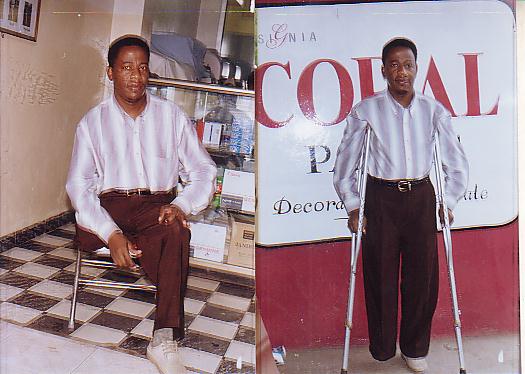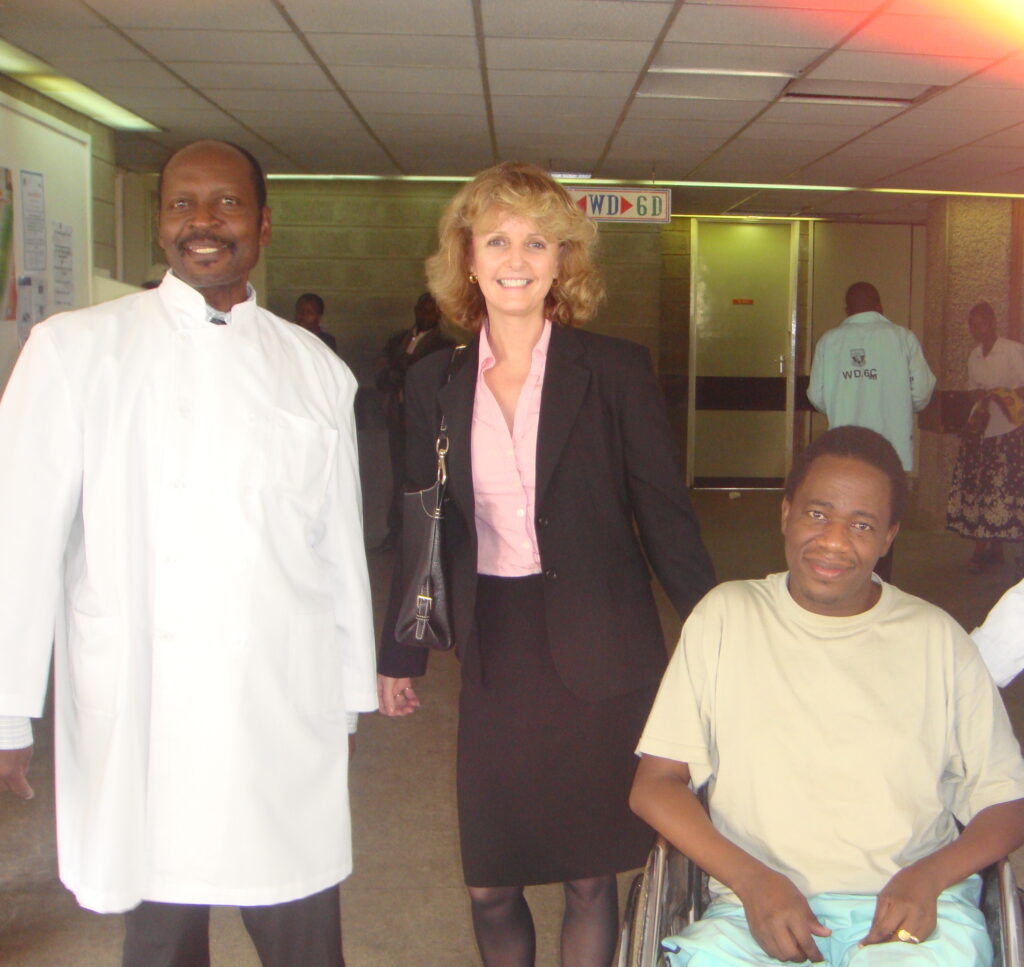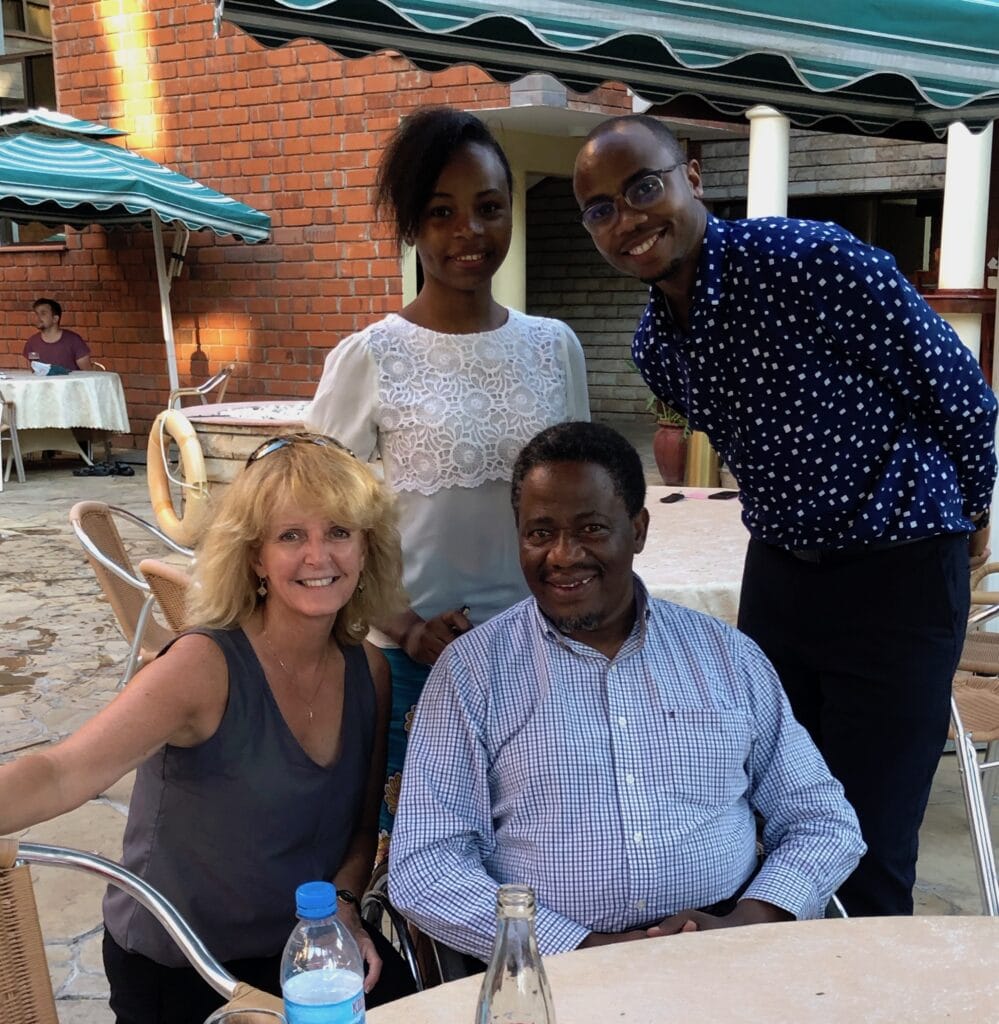Hemophilia in Tanzania: Meet Hepson
March is Bleeding Disorders Awareness Month, when we highlight the struggles and triumphs of those with bleeding disorders like hemophilia and von Willebrand disease. Many of the stories you’ll read are based in the US. But this month, I’d like to highlight stories from developing countries. While we all struggle with bleeding disorders, those in developing countries have special challenges.
Tanzania is the most populous country in East Africa, with an estimated 62 million people, the 24th most populous country on Earth. Its population is 77% literate, with a low unemployment rate. Infectious disease is a high concern here. The average monthly wage is $157. The national anthem? “Mungu ibariki Afrika”—God Bless Africa.
Meet Hepson A. Minja, from Tanzania
I was born on August 28, 1962, the last in a family of four children. I was born in Tanzania, in the Kilimanjaro region of rural Moshi. My parents were small scale farmer’s, farming the land and selling our produce.

I started having problems with my blood when I was three years old, but nobody knew what the problem really was. When I was seven years old, my legs and other body parts began to hurt and my parents still had no idea what the problem was. My pain and swelling made me start my primary education very late compared to all the other kids in my village. My family struggled to find out what was really happening to me, so they took me to a witch doctor. But still, no one knew what the problem was .
In 1973 my parents took me to Nairobi, Kenya , to Kenyatta Hospital, where I was diagnosed with hemophilia. At that time there was no medication for hemophilia there, and due to poor record keeping, my medical records, diagnosis and visits were all forgotten.
In 1980, when I was 18, I was circumcised. I lost a lot of blood which required me to be hospitalized for two months for regular blood transfusions. The doctors in Tanzania didn’t know what the problem was but I eventually got better.

In 2005, at age 43, I fell and broke my right leg. The internal bleeding caused my leg to swell; to avoid infection and gangrene, the doctors suggested that my leg be amputated. The amputated it and failed to understand why my blood did not stop coming out! I had to stay in the hospital for four months for regular blood transfusions.
Things changed in 2006. My brother Richard, who was educated, got in touch with Laurie Kelley on the internet and they started communicating on the best possible way to help me. Laurie suggested I go to Nairobi to visit Professor Mwanda, who headed the hematology department at Kenyatta Hospital. He diagnosed me with hemophilia A, and prescribed factor FVIII. I returned back home and continued with my regular job as a TV and radio repair man with only one leg.
In late 2007, I fell down again and broke my second leg. I was at the regional hospital for a month and that was when the first factor from Laurie arrived. But the local doctors at that time had no idea how to infuse factor VIII, so I was discharged , and sent to Nairobi to visit Professor Mwanda again. I was at the hospital again for four months, where Laurie Kelley came to visit me, as well as Dr. Assad Hafar of the World Federation Federation of Hemophilia.

I was the first person in Tanzania to be successfully diagnosed with hemophilia but there was no factor VIII at the time. With Laurie’s help, my brother Richard and our doctors in Dar es-Salaam, the capital, founded the Tanzania Hemophilia Society, to help everyone in the country with hemophilia. Richard and his team facilitated trainings for medical personnel, and received an outreach grant from the Novo Nordisk Hemophilia Foundation, to try to identify more people with hemophilia in Tanzania. Based on our population, we could have up to 3,000 patients! But I was the first identified.
I personally would like to thank Laurie for her never-ending support to me and to people with my condition. She saved my life in more ways than one. Sometimes it is hard for me to believe that I am 60 years old now. I’ve spent a lot of time in hospital beds and I could never set aside a retirement plan for me and my family up until now. I still have two kids that depend on me financially. But I can work, and will work hard for their future.
For anyone who would like to help Hepson and his family, contact Laurie Kelley or write directly to Hepson.

